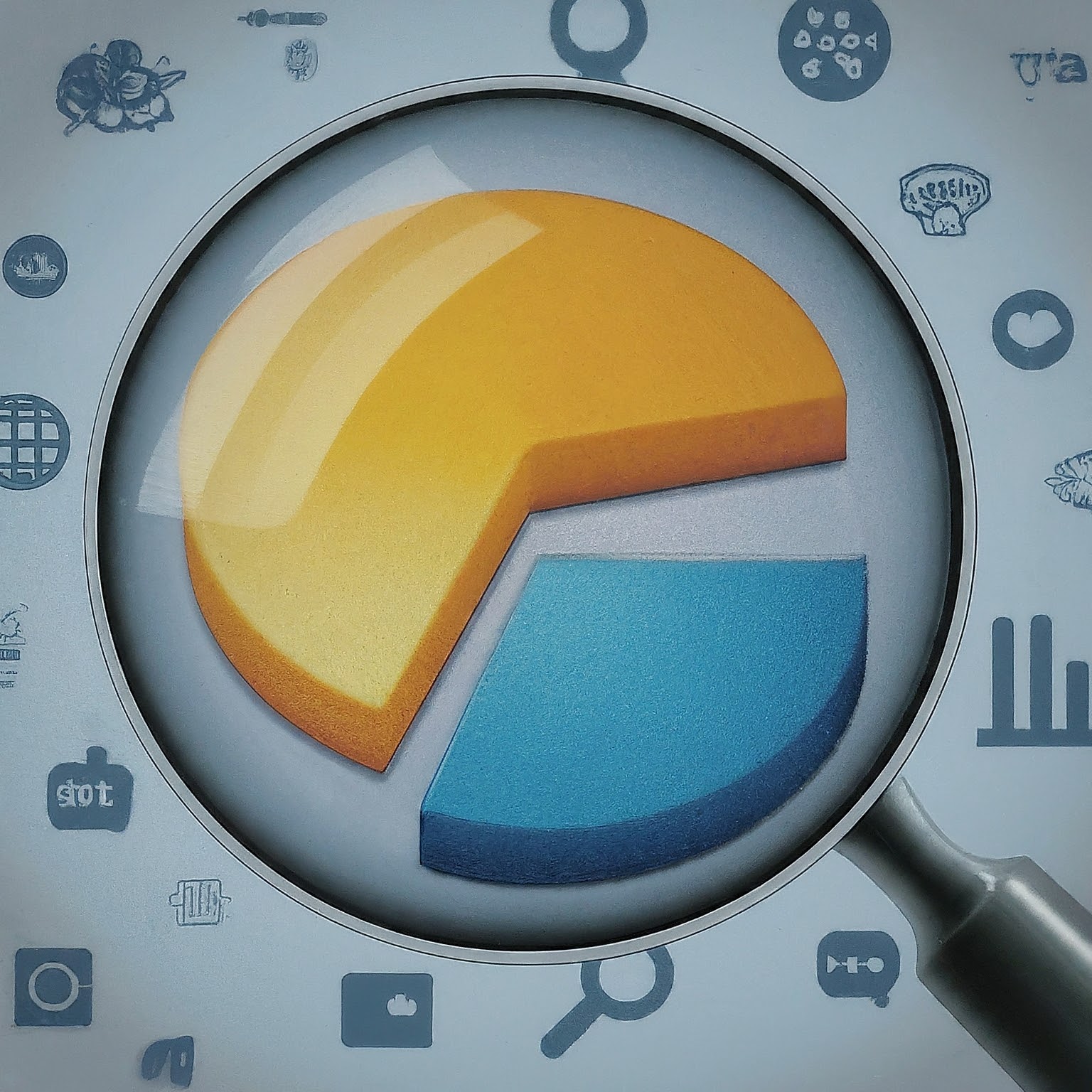
Unlock the secrets behind Twitter Analytics to boost your engagement, fine-tune your brand’s voice, and enhance your presence on Twitter. Whether you’re a brand, a business, or an individual looking to make an impact, Twitter Analytics serves as a pivotal tool in understanding and leveraging the vast amount of data available. This comprehensive guide will explore the nuances of Twitter Analytics, helping you to not only interpret your data but to use it in crafting a Twitter strategy that resonates and engages your target audience effectively.
The Evolution of Twitter Analytics
Twitter Analytics has significantly evolved, offering deeper insights and a more comprehensive understanding of your social media performance. Here’s a look at its key developments:
- 2014 Launch: Introduction of the Twitter Analytics dashboard, marking a milestone in tracking tweet performance.
- 2017 Enhancements: Addition of Engagement and Video Analytics for a detailed look at content performance.
- 2020 Changes: Shift towards analyzing interests and behaviors with the removal of audience demographics.
- 2023 Updates: Enhanced Conversion Tracking features, enabling more accurate campaign measurements.
- Continuous Improvements: Regular updates have made the dashboard more intuitive, with better audience insights and performance tracking capabilities.
Why Twitter Analytics is Essential
Diving into Twitter Analytics isn’t just for data geeks; it’s a game-changer for anyone looking to boost their Twitter game. Here’s why it’s a must:
- Refine Your Content Strategy: Ever wondered why some tweets fly while others flop? Analytics sheds light on this mystery, showing you the tweet types that hit the mark so you can create more of what your audience loves.
- Understand Your Audience Inside Out: It’s like having a backstage pass to your followers’ world. Discover their likes, dislikes, and when they’re online, so you can drop tweets they’ll adore, right when they’re scrolling.
- Track Your Growth Journey: It’s not just about the now. Analytics helps you see how far you’ve come, tracking your ups and downs in engagement and followers, guiding you to tweak your strategy for better results.
- Measure Your Campaigns’ Pulse: Want to know if your latest campaign was a hit or a miss? Dive into the data to track conversions, eyeballs on your tweets, and how the buzz is driving traffic to your site.
- Spy on the Competition (Legally): Get the scoop on how you stack against others. Are your tweets getting more love or do you need to step up your game? Analytics gives you the intel to stay ahead.
Key Metrics Explained with Examples
To navigate Twitter Analytics like a pro, get cozy with these terms:
- Impressions: Think of it as your tweet’s stage time. If your tweet was seen 500 times, that’s 500 impressions. It’s all about visibility.
- Engagements: This is when folks do more than just see your tweet; they like, retweet, reply, or click on it. For example, if 50 people retweeted your cat meme, that’s engagement gold.
- Engagement Rate: The magic ratio of engagement to impressions. Say your tweet got 10 engagements out of 100 impressions; that’s a 10% engagement rate, showing you’re on the right track.
- Top Tweets: Your tweet hall of fame. These are your star performers that got the most applause (engagements) from your audience.
- Audience Insights: A deep dive into who your followers are. Imagine finding out that 70% of your followers love sci-fi. Suddenly, your next Star Wars tweet just got more interesting.
Avoiding Common Mistakes with Simple Solutions
Let’s keep it simple and steer clear of these Twitter no-nos:
- Chasing Followers: Quality beats quantity. Focus on engaging those who follow you rather than obsessing over the number.
- The Ghost Town Profile: Posting as often as a leap year? Keep a consistent schedule to keep your followers hooked.
- Analytics Amnesia: Ignoring your analytics is like flying blind. Peek at your data regularly to know what’s working.
- Silent Treatment: If someone takes the time to engage with your tweet, chat back! It’s how one-time likers become loyal fans.
- Hashtag Hassle: Don’t just hashtag #ForTheSakeOfIt. Use relevant, researched hashtags to make sure your tweets get seen by the right eyes.
Best Practices for Twitter Analytics Success
Wrap your strategy in these best practices for surefire Twitter success:
- Set Goals with Soul: Define clear, meaningful objectives. More retweets, higher engagement, or driving traffic to your blog? Knowing your goal shapes your strategy.
- Content Cocktail: Mix it up with images, videos, polls, and pure text tweets. Notice your followers dig your dog pics? More furry content it is!
- Timing is Everything: Use analytics to find out when your followers are online. Tweeting during these peak times means more eyeballs on your content.
- Learn and Pivot: Got a tweet that went viral? Break down why it worked and use those insights for your next content batch.
- Paid Boost: Sometimes, a little nudge with Twitter Ads can propel your best content further, targeting those who are most likely to engage.
Frequently Asked Questions (FAQs) about Twitter Analytics
Q1: How do I access Twitter Analytics?
A: You can access Twitter Analytics directly from your Twitter account by clicking on “More” from the side menu and selecting “Analytics” or by visiting analytics.twitter.com and logging in with your Twitter credentials.
Q2: What is the best time to post on Twitter to maximize engagement?
A: The optimal posting time can vary based on your audience’s location and habits. Twitter Analytics provides insights into when your followers are most active, which can guide you to schedule your tweets for these peak times.
Q3: Can I track the performance of specific hashtags with Twitter Analytics?
A: While Twitter Analytics offers a wealth of information on tweet performance, engagements, and audience insights, tracking specific hashtags’ performance directly within Twitter Analytics is limited. However, you can use the search function on Twitter or third-party tools for more detailed hashtag analysis.
Q4: How often should I check my Twitter Analytics?
A: Regular monitoring is key to adapting and refining your strategy based on performance data. A weekly check can provide insights into short-term performance, while monthly reviews can help identify longer-term trends and shifts in your audience’s behavior.
Q5: Can Twitter Analytics help me understand my audience better?
A: Absolutely! Twitter Analytics offers detailed insights into your audience’s demographics, interests, and behaviors. This information is invaluable for tailoring your content and engagement strategies to better match your followers’ preferences.
Q6: How can I use Twitter Analytics to improve my content strategy?
A: By analyzing your top-performing tweets, you can identify content types, topics, and posting times that resonate most with your audience. Use these insights to inform your future content creation, focusing on what drives the highest engagement.
Q7: Is there a way to measure the ROI of my Twitter campaigns using Analytics?
A: Yes, Twitter Analytics allows you to track conversions and engagement metrics from your Twitter campaigns. By setting up conversion tracking, you can measure the direct impact of your campaigns on website traffic, downloads, sign-ups, or other key actions, helping you to calculate ROI effectively.
Dive deeper into Twitter mastery with these concise guides:
- Boosting Twitter Engagement: Discover key strategies to engage and grow your audience.
- Mastering Hashtags: Learn how to use hashtags effectively to expand your reach.
- Twitter for Business: A quick start guide to leveraging Twitter for business growth.
Additional Resources:
- Twitter Analytics Center
- Twitter Blog: https://blog.twitter.com/





